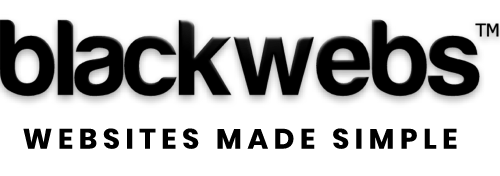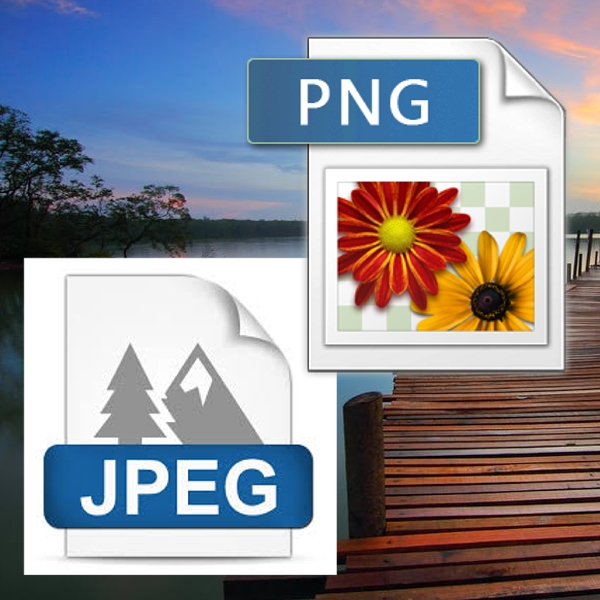There are subtle differences between JPG, PNG and TIF files (the most common file types used) – but you might only know these if you are technical…
PNG images hold transparency, this means they tend to be much larger files than other formats as they have more data to remember. These images are higher quality and tend to hold and display some colours better than other formats.
JPG files hold less detail and therefor save to a much smaller size – ideal for web usage.
TIFF images are usually high resolution and therefore very large in filesize – mainly used for print artwork.
There may be instances where you require transparency, e.g. to show the background through the given image. We generally reserve PNG formats for logos and small details in banners. Using a PNG file for a large image will cause loading performance issues with your page – espically if you have more than one image.
In nearly all circumstances, the JPG format should be used for images on your website. Using graphics software you can reduce the quality of the image (not the size), which is unnoticable to the eye but will improve your performance.
If your visitor is loading your website on their mobile they will appricate the use of JPG, as these files are typically 10x smaller in filesize than PNG – so will not eat up their data usage.

